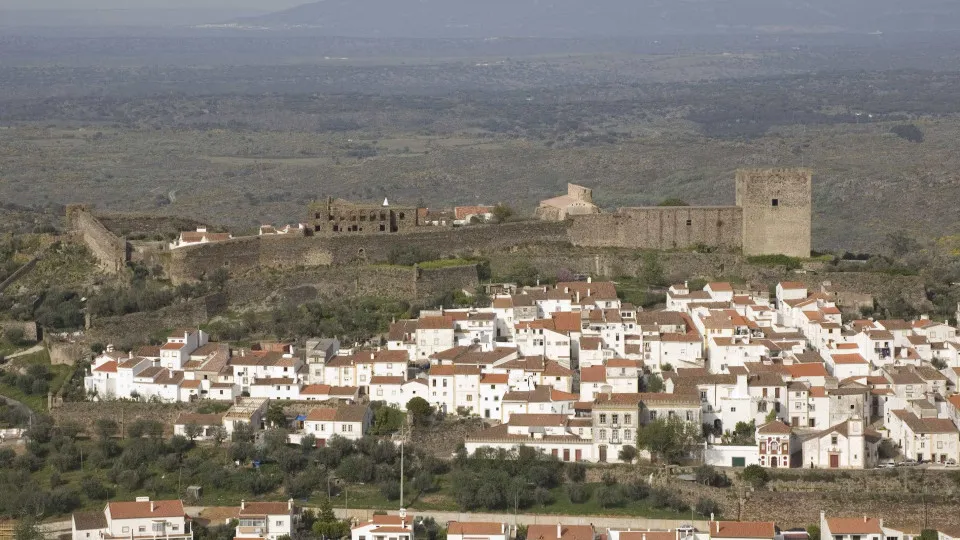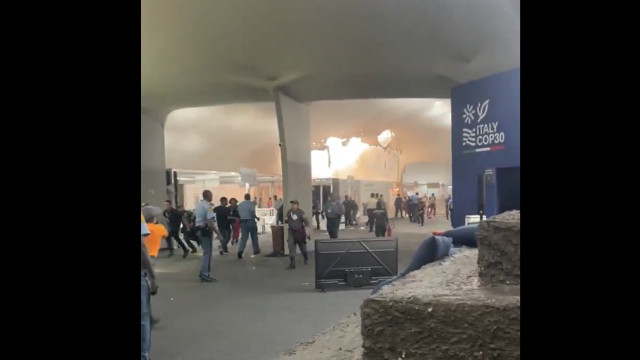
The museum, which involved an investment of 1.5 million euros, is housed in a former spa building in Castelo de Vide, constructed in the 1940s.
A statement on the municipality’s social media indicated that the Garcia de Orta Museum has already welcomed 5,522 visitors.
The Castelo de Vide City Council also recalls that the three rooms constituting the main hall host a permanent exhibition highlighting the most significant events in the life of the physician and botanist, as well as the impact of his work on the scientific and cultural history of Europe.
“The exhibition is presented in two main sections: Iberian Peninsula (1500-1534) and Asia (1534-1568),” the statement reads.
The municipality further considers that the museum, inaugurated on November 19, 2024, “enables a connection” between the exhibition dedicated to this 16th-century physician and other public cultural and leisure spaces in the town that explore the Jewish legacy.
Garcia de Orta was born in 1501 in Castelo de Vide, and his parents were expelled from Spain in 1492 by the Catholic monarchs because they were Jewish.
The physician and botanist authored the book “Colóquios dos Simples e Drogas e Coisas Medicinais da Índia.”
In 1568, he died of syphilis in Goa, and although he never directly faced problems with the Inquisition, on December 4, 1580, his bones were exhumed and burned in an auto-da-fé along with copies of a book he wrote.




